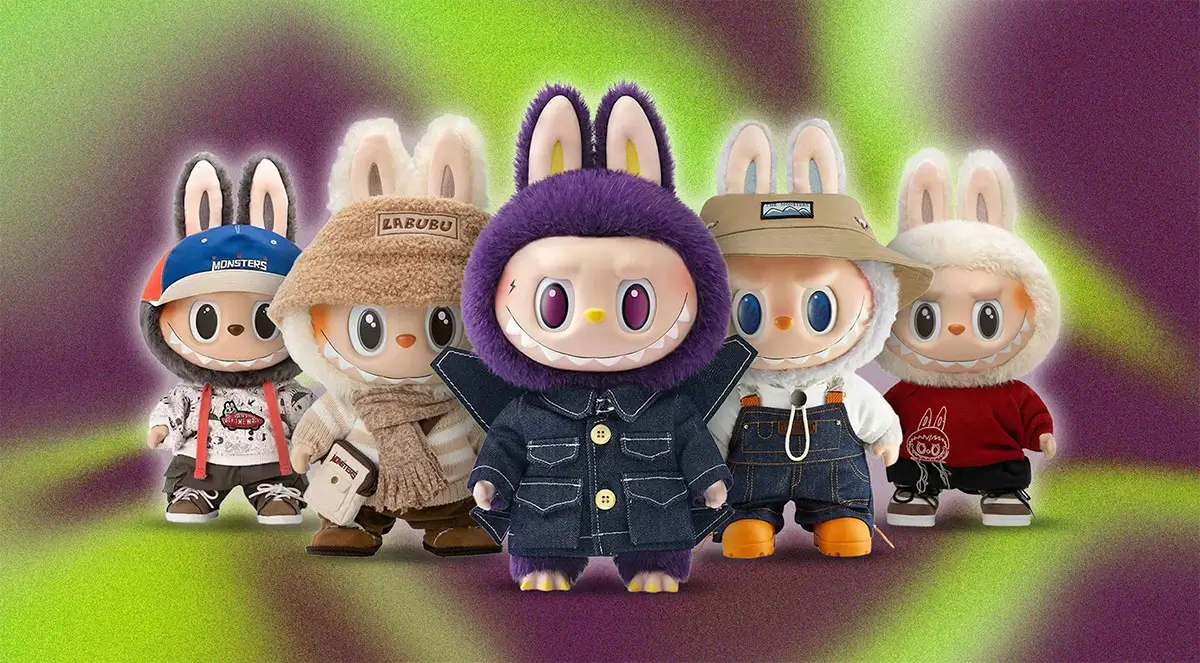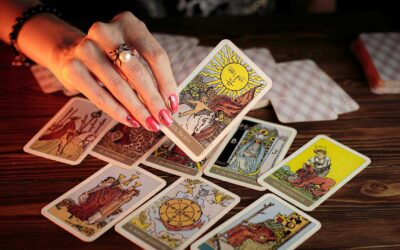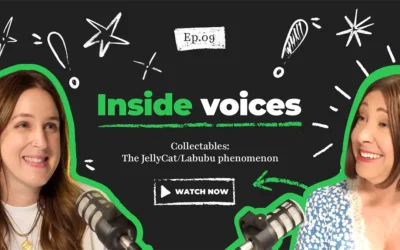Four ways to generate hype around a new product:
Everyone wants a queue nowadays. It used to indicate slovenly business practice, or at the very least, a stock miscalculation. But now, whether virtual or physical, it actually entices onlookers – like a rainbow seen from a car window, bearing the promise of a pot of gold at the end.
But how do you get the masses to queue up for your product?
How do you alchemise that elusive sensation of ‘hype’?
Well, there’s no perfect recipe, but we’ve certainly got some ingredients you can use.
Create unique memorable events
It’s hard not to hear about a Jellycat store opening. And while that’s partially down to their ability to print money almost as fast as they can print plushie fridges, it’s also due to the level of direction and staging they give to store events. Whether it’s a new product drop or a grand opening, the stores go all out.
Actors are hired to perform with the products, swathes of influencers abound on-location, modular stores are torn down and rebuilt. All brands know how to chuck money at an event, but few can do it as successfully, or creatively as Jellycat. Why? Because it’s creative, memorable, and paints the picture of a much larger brand story.
Think about organic social
Brand moments have to be interesting enough to share, to talk about. An organically shared piece of content is priceless, and potentially more impactful than anything produced in a studio. It represents an authentic instance of user engagement, and therefore justifies the success of whatever caused it. Naturally, you should be ensuring these instances happen as often as possible.
They can arise from the planned, intensive, high-budget events we touched on before, but they can just as often come about from natural, day-to-day moments. The secret factor in both is whether audiences have something to sink their teeth into.
Leverage the power of celebrity
If there is a politics of envy, then celebrities are the supreme leaders of this earth. They are the models of comparison from which we draw new and inventive forms of self-disparagement every day, but they are also the idols and reflections of our larger societal desires. Which is why they are an immensely powerful and immensely useful tool for your brand.
Without celebrities, Labubus wouldn’t have reached a fraction of the recent sales they have. A product utilised by a celebrity gains credence and legitimacy in the eyes of the public, and at the same time becomes ‘aspirational’ for any consumer looking to model themselves off of said celebrity. Long story short, if a celebrity has your product, make sure everybody knows about it.
Utilise product drops
The product drop is an ingenious manipulation of human behaviour. It harks back to a time when billions of products releasing every year seemed unfathomable, and instead, we had only the promise of our local shoemaker working on something new for winter. In our blog on collectables, we venture into this appeal of scarcity at much greater length, but for now, what’s important to understand is this: The pursuit is only made credible to consumers by the reality of scarcity.
In function, a scarce supply of your product turns up the mania. By doubling down on this scarcity at isolated points, ‘product drops’, you can encourage the benefits of limitation without actually committing to the risks of
possessing lower stock. Similarly, product drops also lend themselves to ‘memorable events’ that go on to generate ‘organic social content’ – you can see why they’re so useful.
But for the full low-down on building hype in today’s market of Labubus and Jellycats, you’ll have to watch our newest YouTube episode of Inside Voices, or listen to it on Spotify. And if you fancy even further reading, there’s our big blog on Labubus and the collectables market here.





